The gist of the discussion is that the U.S. security forces have, with the aid of drones, amassed mountains of data which they comb through to find targets to destroy. The United States has devoted tremendous resources to this ongoing project, and it has led to a large number of deaths, and a comparable amount of controversy among ethics watchdogs. Drone strikes though, compared with 'boots on the ground' soldiering, consumes relatively few resources, does not immediately risk the lives of U.S. soldiers, and so receives little media attention. The film Good Kill and the play Grounded explore the moral costs of these issues for those who pilot and command drone operations, but little time is spent understanding the conflicts that we enter.
Arkin argues that an investment in drones cannot displace an intensive investigation of the purpose and end-goal of the conflicts we enter. Good data can lead to good knowledge, but when that data lacks a coherent framework to understand it, it may simply help perpetuate the slack fighting that we have been involved in since September 2001. It's true that drones have created a tempestuous legal debate, and discussions about the morality of assassination. But these debates lack the purposeful depth of strategic discussion.
Why do our leaders want us to engage in violence on the far side of the world? Can the violence we are capable of actually help us achieve the objectives laid down by our leadership? Is the public fully informed of the costs and dangers of entering such a conflict? Can we achieve better outcomes using different tools, including diplomacy, or an alternative military action? How do people interpret our drone strikes, both those that succeed, and those that fail?
When data displaces debate, we silence the most important questions, and replace strategy with rote task management.
This is not, of course, a new trend. It can occur whenever technology or workforce expertise permit rapid gains in data gathering and data analysis. As Lawrence Freedman describes in Strategy: A History (a wonderful read and door-stopper of a book), former Secretary of Defense Robert McNamara led a similar data-driven revolution during the 1960s, one that encouraged tremendous introspection and self-justification within the Pentagon, but also one that failed to consider the dark spots in American knowledge and strategic thinking. Pentagon leaders spent more time justifying their beliefs than they did altering them. Here in lies the hard problem: smart thinking does not necessarily lead to strategic thinking. Strategic thinking, even when it takes place, may very well fail due to the overwhelming complexity of enforcing one's political will against an opponent.
Given that strategy is, at best, a coping mechanism rather than a master stroke, it is tempting to fall into the bureaucratic trap of pursuing further drone attacks as a good unto themselves. Commanders, not knowing how to win the war, may therefore settle for continuous attacks via drone.
Drones (of course) will not go away. Within the military, I suspect that in a few years time they will be relegated to company and battalion command: a more efficient version of mortar fire. Drones will also likely assume a dominant role in domestic policing--a quiet, efficient accompaniment to traffic patrol and police helicopters.
Drones may also encourage a new crop of useful close air support aircraft to replace the A10. Ground troops have been clamoring for years for air support that flies low and slow, and (unlike Apache helicopters) are not such expensive toys that they cannot afford to take risks in heavy ground combat.
But tactical weapons are not the same as strategy: the pursuit of strategy requires a steady, moderate march disciplined with human dignity and a reasonable hope for peace.
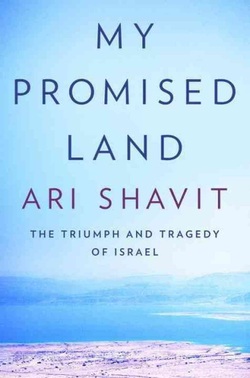

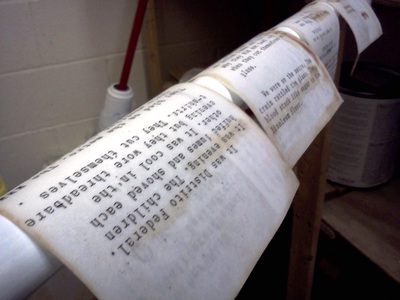
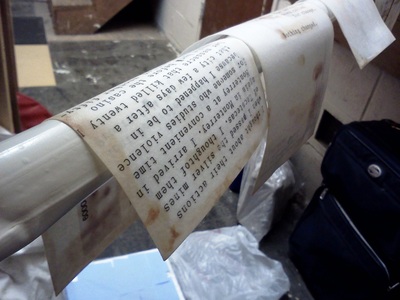

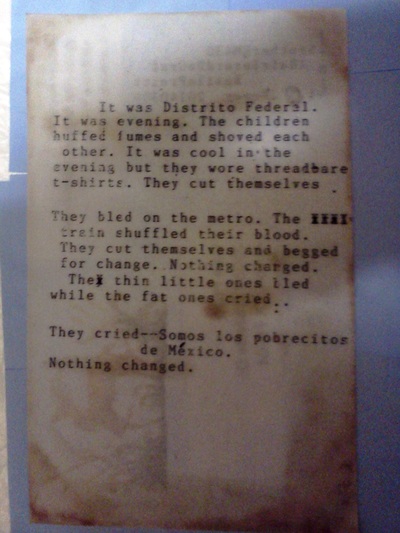




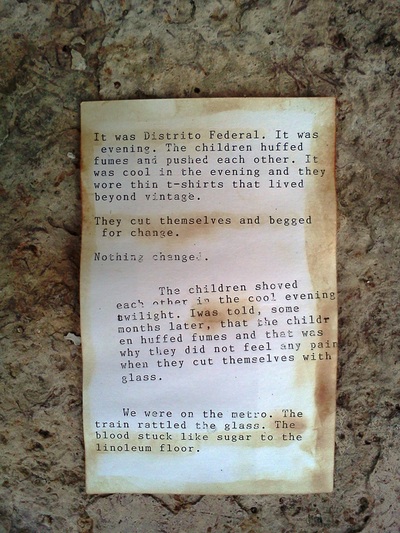
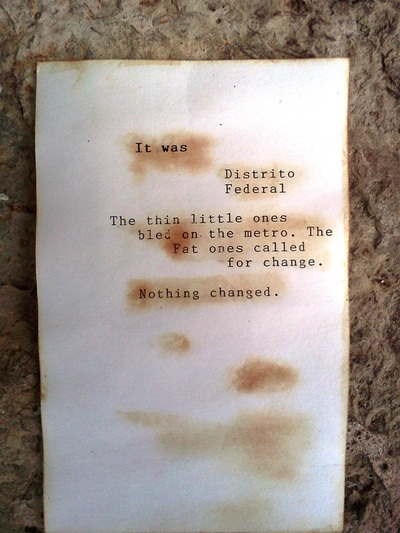
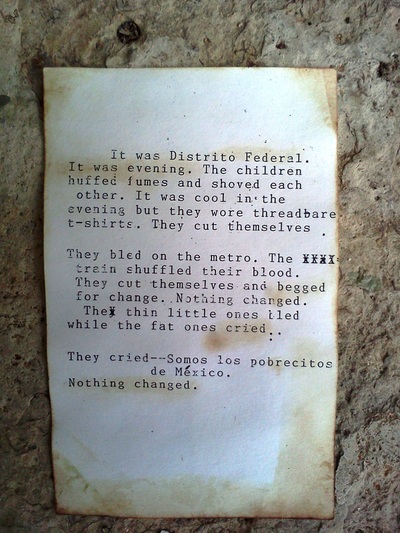
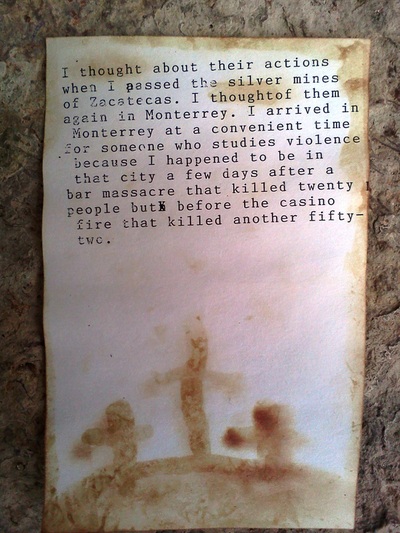
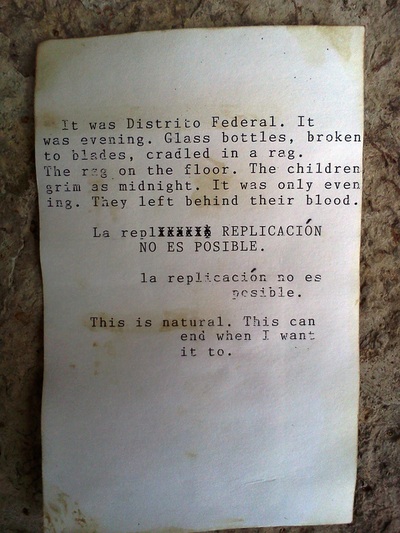

 RSS Feed
RSS Feed